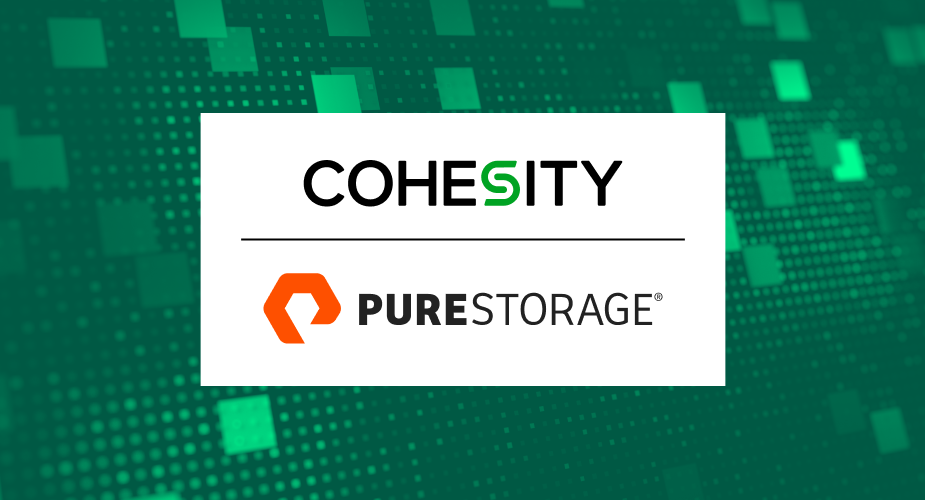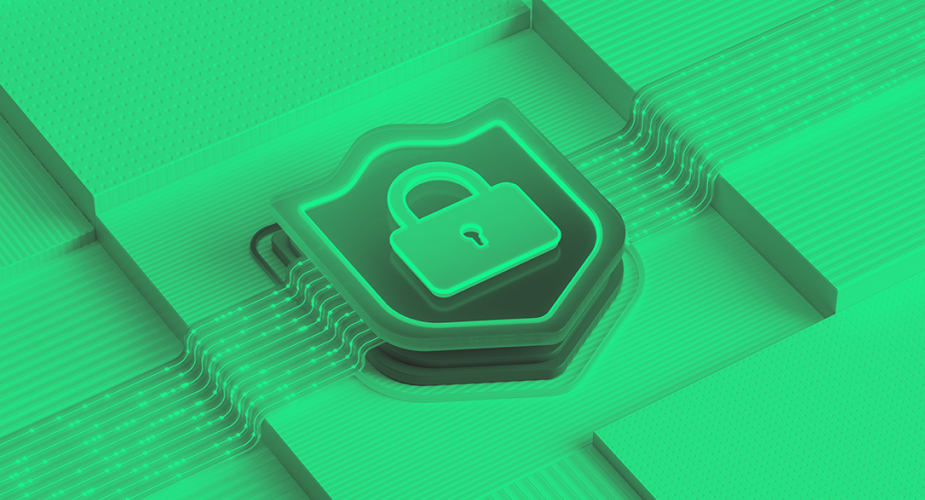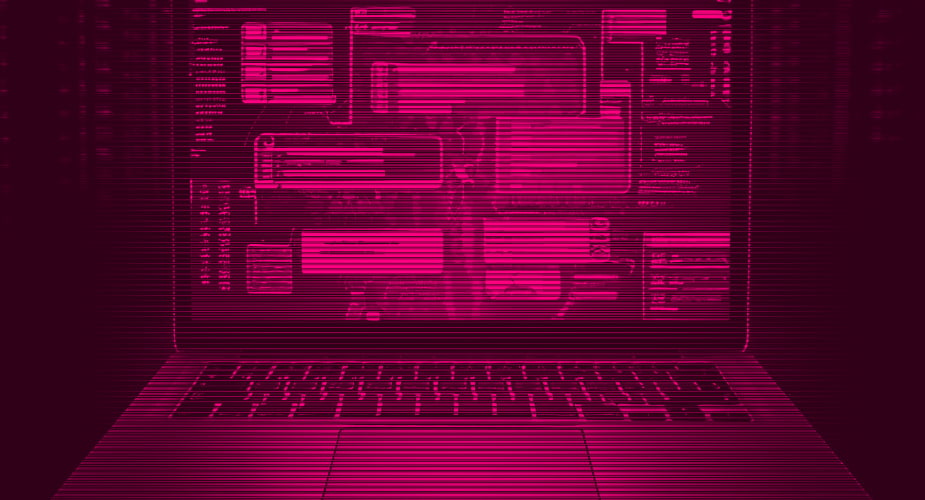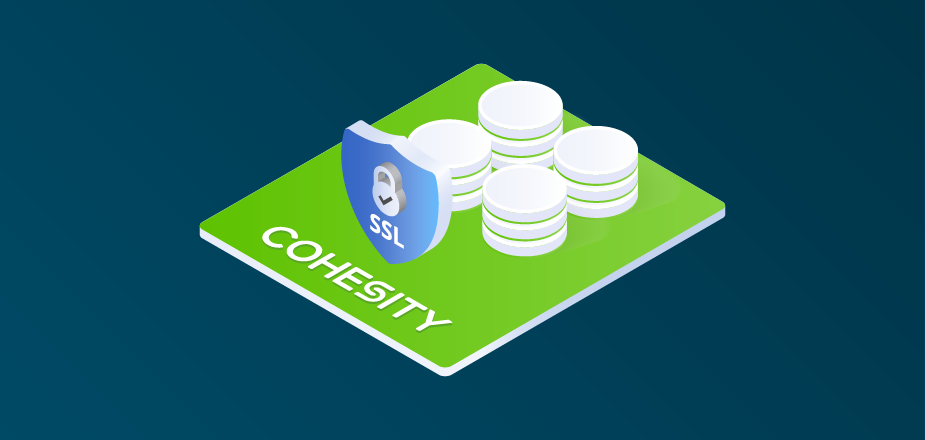Let’s start with a couple of facts: The number of cyberattacks is growing, and the cost is also rising.
- The number of cyberattacks has almost doubled since before the COVID-19 pandemic. That’s according to a 2024 report from the International Monetary Fund.
- The global average cost of a data breach in 2024 was $4.88M—according to the IBM Cost of a Data Breach Report. That’s the highest total ever and a 10% increase from the year before.
Cyberattacks happen. It’s not a matter of if—but when. Resilience, the ability for your business to get back up and running, is all that matters.
So, what can we do about all of this? Data security is a team sport. Talking to fellow expert practitioners helps us all learn. That’s one of the perks of working on our Spotlight on Security: Tech Insights series. I get a front-row seat to hear from fellow IT experts about our challenges.
One of those experts is Dan Kogan, Vice President Enterprise Growth and Solutions at Pure Storage. We recently spoke about multi-tier resilience, how traditional backup and recovery is no longer enough, and how Cohesity and Pure Storage integrate to help enterprises achieve data resilience.
The importance of multi-tier resilience
So, what is multi-tier resilience, and why should you consider it? It goes back to what I said above. The rise in the volume and frequency of cyberattacks is having an impact. It’s forcing companies to rethink their end-to-end cyber strategy and backup and recovery. The traditional approach of relying on a single layer of protection—like backup or disaster recovery—is no longer enough.
“Ransomware itself is becoming more targeted and destructive. It’s not just encrypting files now. It’s going after backups and primary storage,” Kogan said. “It’s sitting quietly and silently within systems for weeks, maybe even months, before the attack actually happens, and that’s forcing companies, or it’s making it critical for companies to have multiple protected recovery points across their different tiers to be ready for those kinds of sleeper attacks.”
Ensuring data is recoverable quickly and securely after an event is now a regulatory imperative. It’s not just a business imperative for companies. Multi-tier resilience is built to deliver on those strategies.
Multi-tier resilience vs traditional backup and recovery
Traditional backup and recovery solutions work in a world where the primary threats are natural disasters, hardware failures, and accidental deletions. In this single-tier data recovery approach, the data is periodically copied to secondary storage or tape and restored when needed. That time frame could be hours or days.
That’s not the case in today’s threat landscape. Now, the adversary is intentional—and actively working against you. A single-tiered approach isn’t enough against cyberattacks, ransomware, and insider threats. Multi-tier resilience is built for cyber resilience—not just data recovery.
Remember, cyberattacks happen. Resilience is what matters. Data needs to be recoverable from multiple layers of protection: primary storage, backup, and an air-gapped vault. We must evolve from a legacy backup and recovery solution mindset to a multi-tier resilience model.
How Cohesity and Pure Storage can help enterprises achieve cyber resilience
Today’s threat landscape can be difficult to navigate, especially when enterprises must figure out how to make the different technology pieces in their arsenal work together. Data security is a team sport, and this is where the Cohesity and Pure Storage integration stands out.
Instant mass recovery: Traditional backup systems rely on slow sequential recovery. And it takes a long time to recover from tape or hard or disk-based systems.
That’s not how Pure and Cohesity are built. “Pure Storage FlashBlade//S, on the file and object side, protecting with Cohesity—providing ultra-fast, scalable performance for instant restores at scale,” Kogan said. “Talking massive scale, thousands of VMs and files in minutes.” This ensures that, “Enterprises can recover clean data faster than ransomware can spread.”
End-to-end immutability: Attackers today look to eliminate recovery options and target backups to delete or encrypt.
The Cohesity and Pure integration offers dual-layer immutability, preventing attackers from modifying data at any stage. “And that’s ensuring that clean recovery points exist, no matter what,” Kogan said. SafeMode Snapshots on Pure Storage provide immutable, undeletable recovery points at the primary storage level—even if admin credentials are compromised. Cohesity offers immutable backup, ensuring backup data is tamper-proof.
“You’re going to be able to recover very, very quickly. At a high scale, and ensuring that you have clean data to recover from,” Kogan added. “That, to me, is really the key takeaway of what Pure plus Cohesity could deliver.”
AI-driven threat detection for clean restores: Some backup solutions store only copies of data without analyzing them for hidden ransomware or anomalies.
AI/ML threat detection from Cohesity scans backup data for anomalies and indicators of compromise (IOCs) before recovery. This reduces the risk of reinfection.
Unified management to simplify operations: Complex, siloed data can make it difficult for IT and security teams to coordinate the recovery.
Cohesity Data Cloud, our platform, combines data protection, security, and insights. Our deep integration with Pure Storage enables automated policies, instant restores, and AI-driven insights—reducing manual effort. This means the IT and security teams can respond quicker, automate protection, and simplify recovery.
Watch the full video
Hearing from fellow IT experts can help put all this into perspective. “It’s a multi-technology story,” Kogan said. “It’s incumbent on vendors like us to pull together the best part of that ecosystem and create the integrations, and reference architectures, and materials for customers to understand how best each of these pieces in the value chain work together and can be implemented for the ideal solution.”
I couldn’t have said it better myself. You can watch the full Tech Insights video interview with Dan Kogan from Pure Storage below:

















